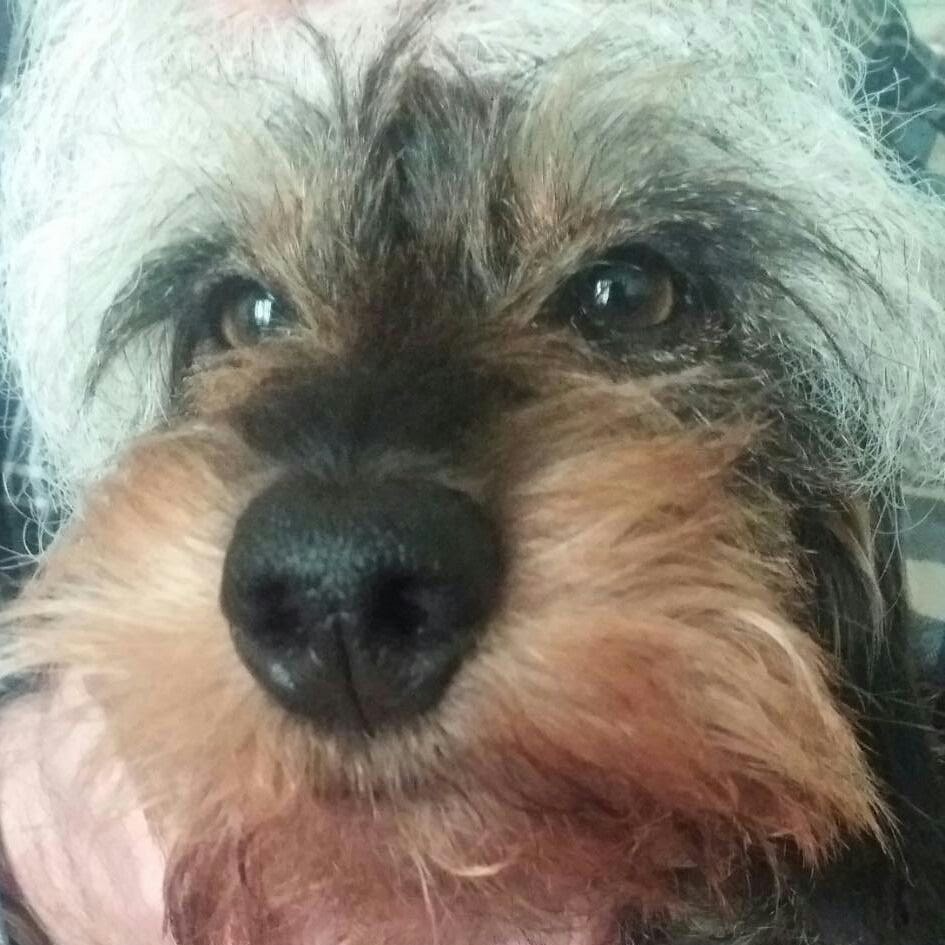 |
Façade of the Centre wit the bay in the background. Image
courtesy of http://cadiztraselobjetivo.blogspot.com.es/
|
 |
| The stairwell - a detail. |

When we entered, we were greeted by a helpful receptionist who recommended that we start on the third floor and work our way down, so ignoring the impressive staircase we took the lift to the third floor. The lift opened onto a flat roof that gave magnificent views of Cádiz and its bay, so magnificent that I risked taking a panoramic photo of the scene that presented itself before us.
 |
| A young Detectorist? |

But I digress. The Aramburu legacy is mainly a collection of paintings collected by the Aramburu Picardo family. Originally from the Basque Country, the Aramburus were a family of bankers who eventually sold the business and donated this collection to the city. Among the paintings, two particularly caught my attention. There was this one on the left, whose subject, commented my Dark Lady, looks remarkably like Toby Jones.

And the one on the right, a charming portrait of a young boy, and his parrot.


Apart from the subject, what really drew our attention was the frame. Made to look like bamboo, the black blotches to be seen are small works of art in themselves, depicting oriental scenes.
On the subject of BBC lookalikes, both the little boy with the parrot and this young girl, presumably both members of the Aramburu family, bear an uncanny resemblance to 1980s Dr Who actor Colin Baker. Compare and contrast.
 |
| Colin Baker, the 6th doctor. Image courtesy of doctorwho.tv.co.uk |
 |
| A 19th-century Aramburu, looking as if she's on the naughty step. |
It was now time to waft downtairs to the Vasallo Museum. Juan Luis Vasallo was born in Cádiz in 1908 and died some 78 years later in Madrid. The museum has a permanent exhibition of numerous pieces in bronze, stone, clay, plaster etc. Below are two photos of Vasallo's marvellous clay version of Don Quixote. It is only about 3 inches tall and inexpressibly moving. Observe the hands; they are reminiscent of El Greco paintings
Among the many other pieces were a study of the hands of Cádiz-born essayist, poet, journalist and all-round writer José María Pemán. As most of the exhibits in the whole building are hands-on, more of which later, a certain bollocks-talker couldn't resist this hands-in visual joke.
 |
| The crystal chandelier lighting up the paintings on the wall - all very Charley Pride. |
Back on the ground floor, it was now time to visit the Féderico Joly Hohr Foundation. The late Féderico Joly was chairman of the Cádiz-based Joly newspaper group and upon his death bequeathed his library, including his desk and papers therein, to the city of Cádiz. and here it all is. Amazingly, his desk is not behind a glass screen and you can actually pick up his notebooks and read them and, if it takes your fancy, try on his sunglasses and sit behind the desk, pretending to be a newspaper magnate while gasping out the word "Rosebud".
 |
| Joly's desk... |
 |
| ...and papers. |
And so ended our visit to this charming building with its enchanting collections, all the more enjoyable because you can actually touch and interact with almost all of the objects. A great afternoon out and definitely worth a second visit.














